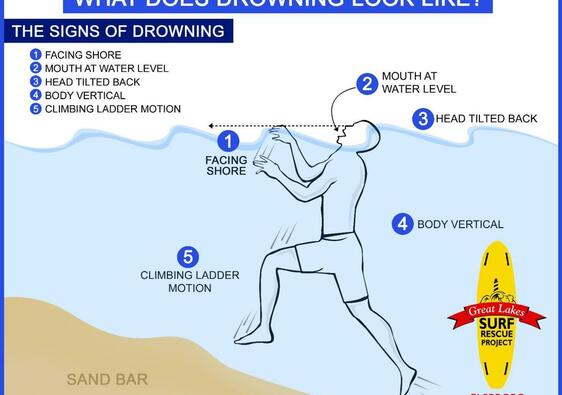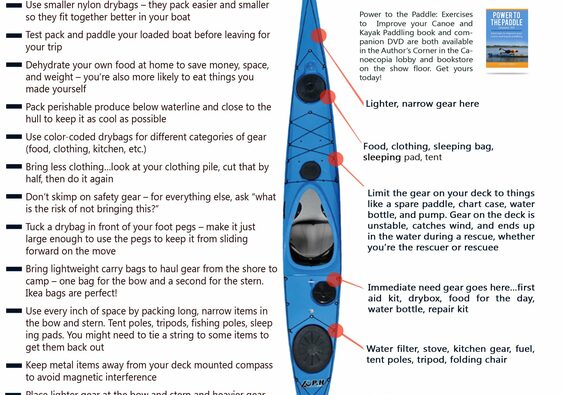Paddling is always unstable (some say the same about many paddlers). Just getting in the boat can be a balancing act of it’s own. Once you’re in the boat you’re always mindful of your positioning to keep the hairy side up.
I am not a big proponent of combining a lot of weight with balance exercises. Search the Internet and you’re sure to find someone juggling dumbbells while standing on a stability ball. That’s just an ER visit waiting to happen. Today’s post is about simple ways to train our bodies to adapt to everyday balance challenges.
Our bodies more in three planes of motion:
- The sagittal plane is characterised by forward and back movement.
- The frontal plane includes movement to your right and left.
- The transverse plane involves rotation around the spine.
If we fail to include movement in all three planes in our training program, we leave ourselves open to the possibility of injury and imbalance.
We can quickly and easily progress, or regress, our training to account for balance.
The simplest position requiring the least compensation for balance is seated on a bench or chair. In this position, we can focus solely on the task at hand and not worry about falling.
Next is standing on two feet with the feet approximately hip width apart. This is our most stable standing position.
From here we progress to standing with our feet next to each other, parallel to one another but close to each other, staggered and far apart, and finally to single legged.
Fabio Comana does an excellent job describing these balance positions and showing progression through positions and planes of movement in this video.



